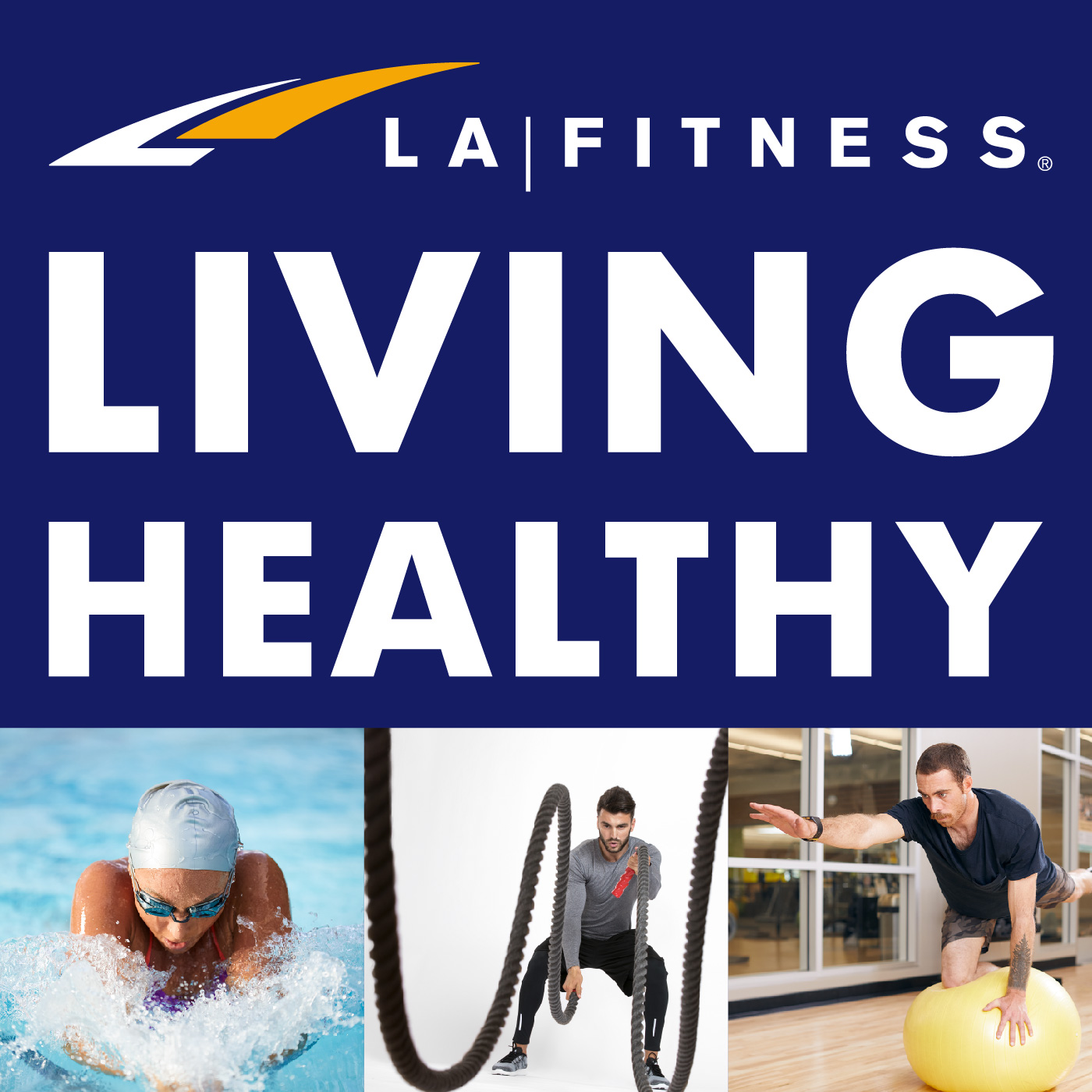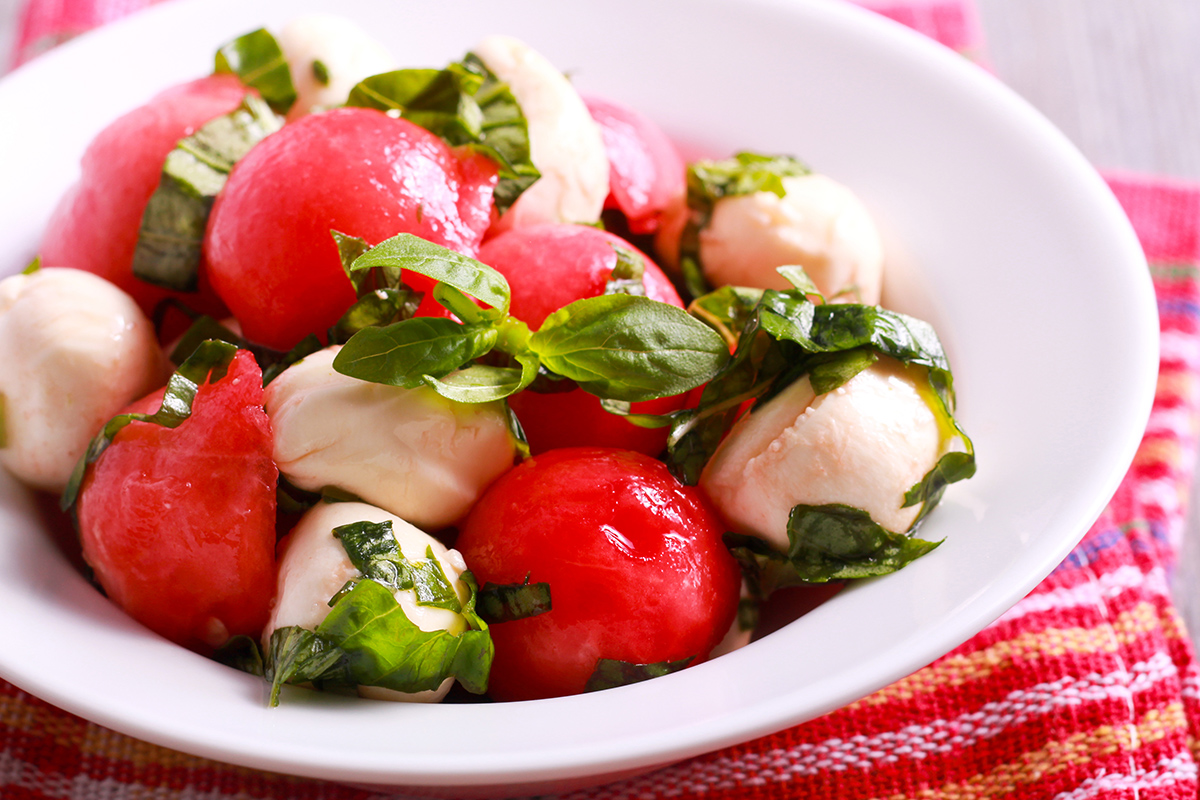On the bright side, there are also a lot of things you can do to help with the pain. You can:
- Gently stretch the affected muscle
- Increase blood supply to the muscle with aerobics
For example: If you have a knot in your shoulder, some jumping jacks will activate your shoulders and get blood circulating through the area
- Massage the knot with a comfortable amount of pressure
- Apply and hold pressure on the knot until it releases. Try not to exceed 100 seconds of this.
- Apply a muscle rub to the area
- Take anti-inflammatories
In addition to these, we’ve found some stretching techniques presented by Physical Therapists Bob Schrupp and Brad Heineck in their YouTube video: 60 Second Stretches to Get Knots from Shoulders, Upper Back, and Traps. Most of these stretches can be done from a seated position which makes them easy to do pretty much anywhere. One exercise is similar to a shoulder shrug. Schrupp explains that you should:
- Shrug both your shoulders up
- Bring them back as if you’re pulling them behind your ears
- Hold that position for 5 seconds
- Relax
- Repeat as needed
Another exercise they talk about looks like this:
- Elevate one shoulder
- Bring that shoulder backwards
- Tilt your head up to look at the sky
- Tilt your head to bring your ear to your raised shoulder
- Turn your head slightly so your nose is facing away from your raised shoulder
- Hold that position for 5 seconds
- Relax
- Repeat as needed
The idea behind these exercises, Heineck explains, is to fatigue the muscles into relaxing. They will feel tight during the exercises but will tend to relax afterwards.
As with any type of exertion on your body, pay attention to what hurts to minimize your risk for injury. Start gradually and don’t over-do it, because it is possible to have too much of a good thing. To learn how you can handle and prevent back, knee, and shoulder injuries, listen to our Podcast, Episode 28. To help prevent future knotted muscles, read our post on The 10 Most Popular Exercises and How to Perform Them Properly. To access our monthly blog post highlights, subscribe to our newsletter today!

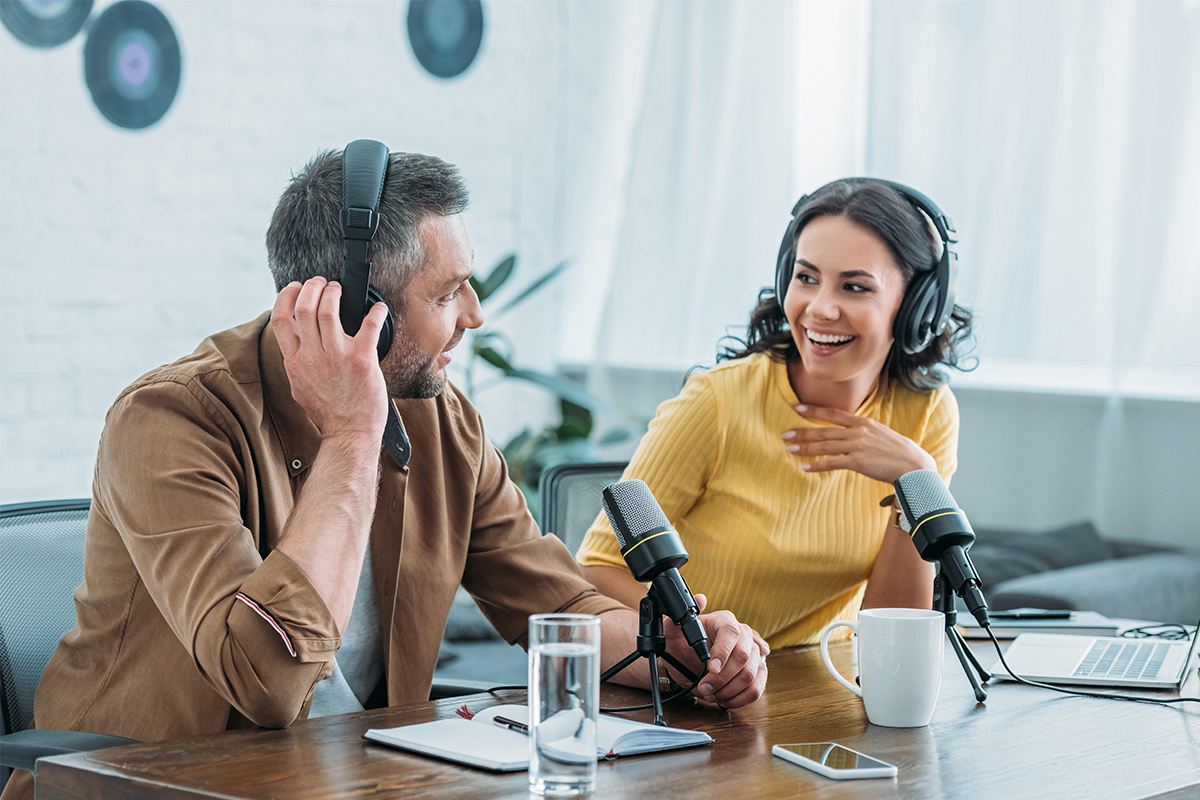
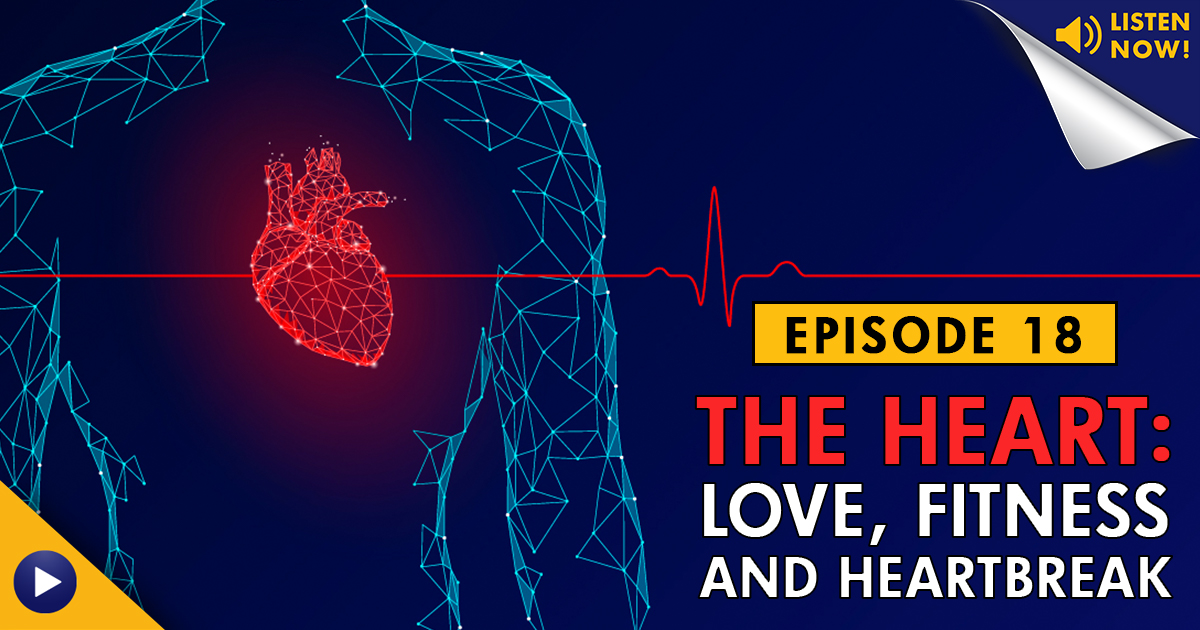
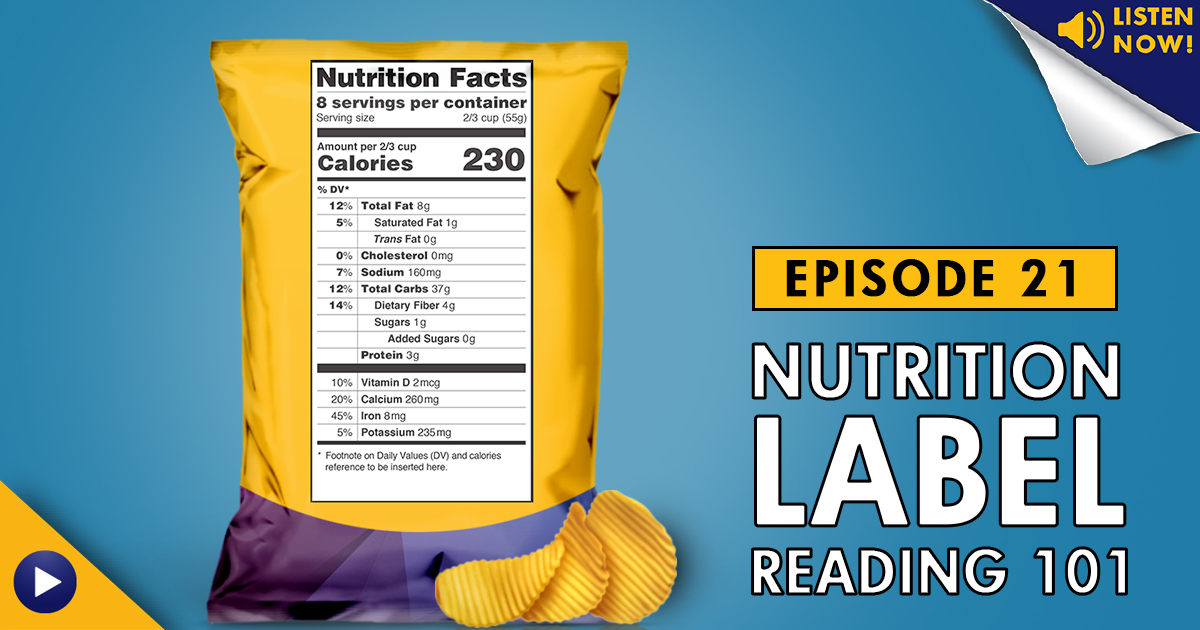
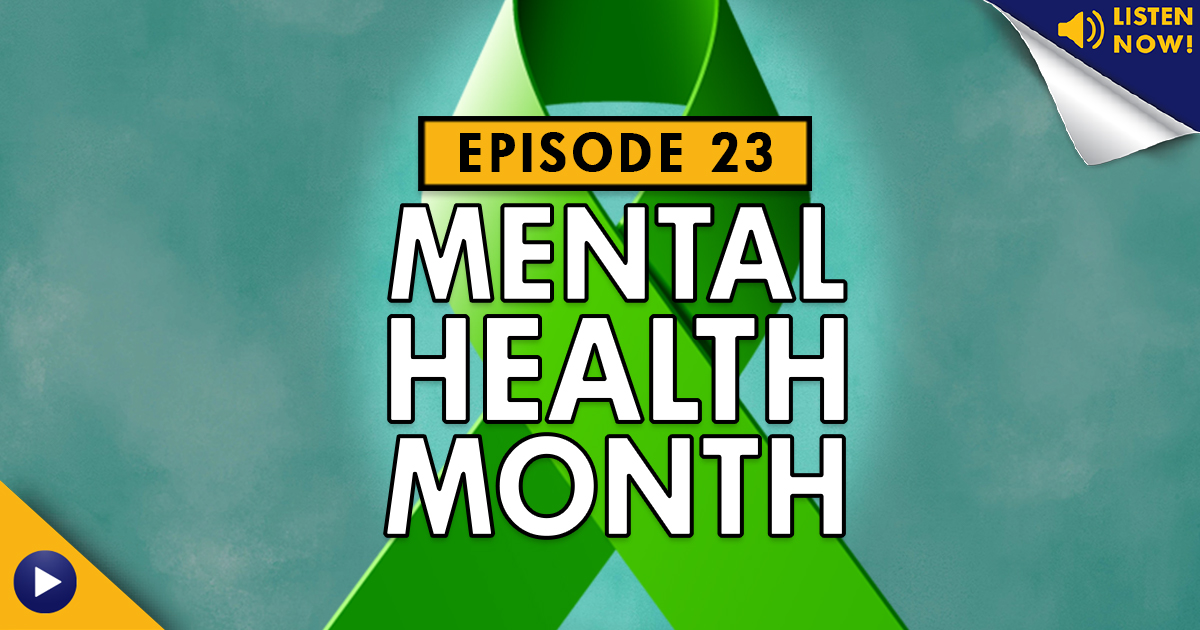

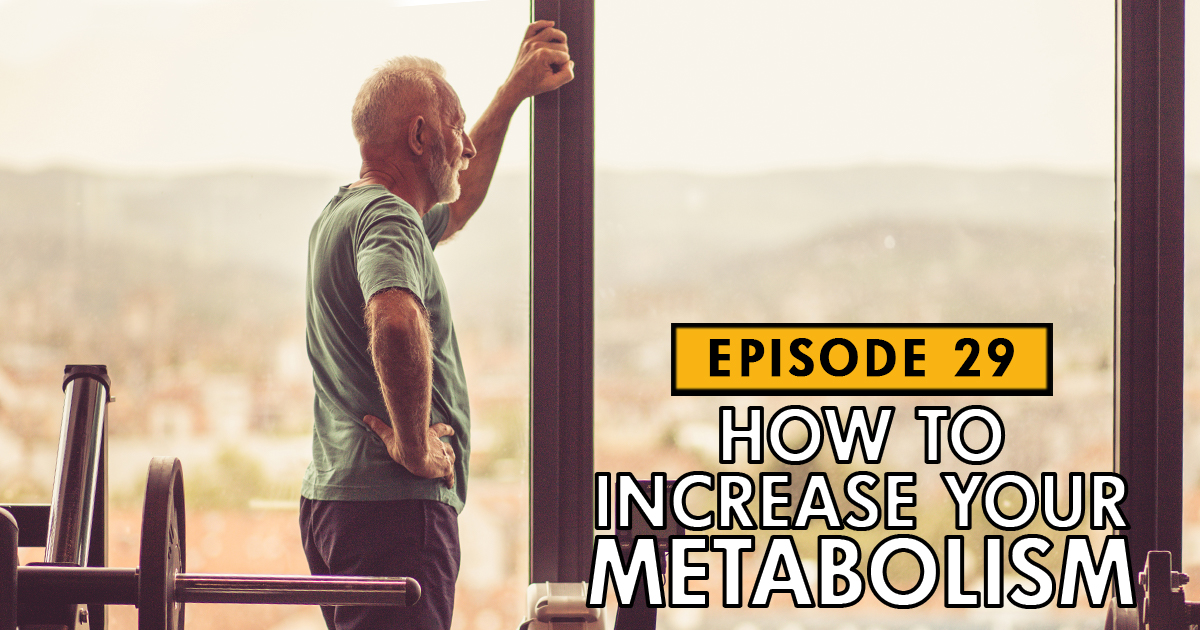





 Have a nutrition question? Our registered dietitian is ready to help!
Have a nutrition question? Our registered dietitian is ready to help!
